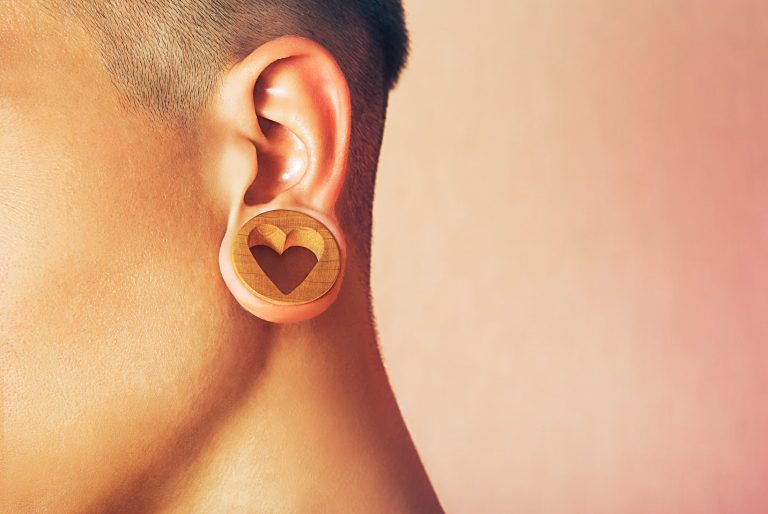Minimise Liposuction Scars
Scarring is the body’s natural response to injury or trauma. It occurs when the skin is broken, either through an incision or other means. When this happens, the body produces collagen and other proteins to help repair and heal the wound. This healing process can result in a scar that may be raised, discolored, or even itchy.
Types of Scars
There are several different types of scars that can occur after surgery /”>liposuction surgery. Atrophic scars are depressed and pitted in appearance, while hypertrophic scars are raised and lumpy. Hypertrophic scars may also be itchy or painful. Keloid scars are large, raised lesions that extend beyond the original wound site.
Factors that Affect Scarring
The type and severity of scarring from liposuction surgery can vary depending on a number of factors. These include genetics, age, skin type, and how well the wound was cared for during recovery. Patients should discuss any concerns about scarring with their surgeon prior to undergoing liposuction surgery.
Avoid strenuous exertion, direct sunlight exposure, drink plenty of water, apply silicone gel sheets, use microneedling/laser scar revision to minimize liposuction scars.
How to Minimize the Appearance of Liposuction Scars
Liposuction is a popular cosmetic surgery procedure that can help sculpt and contour the body. However, like any other surgical procedure, it can result in scarring. In this section, we will discuss how to minimize the appearance of liposuction scars.
Avoiding Strenuous Exertion
One way to minimize the appearance of liposuction scars is to avoid strenuous exertion for at least 6 weeks after surgery. This includes activities such as running, weight lifting, and other forms of intense exercise. These activities can cause the incision sites to stretch and open up, which can lead to further scarring.
Avoiding Direct Sunlight Exposure
Another way to minimize the appearance of liposuction scars is to avoid direct sunlight exposure for at least 6 months after surgery. Exposure to ultraviolet (UV) rays from the sun can cause hyperpigmentation or discoloration of the skin around the incision sites, making them more visible. It is important to use sunscreen on any exposed skin when going outdoors, even if it has been more than 6 months since your surgery.
Drinking Plenty of Water
Drinking plenty of water is another way to minimize the appearance of liposuction scars. Keeping your body hydrated helps promote healthy skin cell regeneration and collagen production, which helps reduce scarring and promote healing. It is recommended that you drink at least 8 glasses of water per day for optimal hydration levels.
Applying Silicone Gel Sheets
Applying silicone gel sheets is another way to minimize the appearance of liposuction scars. These sheets are designed to be placed directly over a scar and provide a protective barrier against moisture loss while promoting collagen production in the area beneath them. They should be applied twice daily for best results and should be worn for at least 3-4 hours each time they are applied.

Using Microneedling or Laser Scar Revision
Using microneedling or laser scar revision is another way to minimize the appearance of liposuction scars. Both these treatments involve creating tiny punctures in the skin around an incision site using a device with tiny needles or lasers respectively, which stimulates collagen production in that area and helps reduce scarring over time. Both treatments are considered safe but may require multiple sessions for best results depending on individual cases and circumstances.
What Patients Can Expect After Liposuction Surgery
After liposuction surgery, patients can expect to see results over time. Immediately after the procedure, the area of treatment may appear swollen and bruised. This is normal and should reduce over time as the body heals. It is important for patients to follow their doctor’s instructions for post-operative care, which includes wearing a compression garment to help reduce swelling and bruising.
In some cases, darker skin types may experience discoloration or hyperpigmentation in the area of treatment. This is caused by inflammation and should fade over time with proper healing. To maintain results, it is important for patients to follow a healthy lifestyle including regular exercise and a balanced diet.
Results Over Time
Patients can expect to see results within two weeks after their liposuction procedure. The area of treatment may still be swollen at this point, but the initial results will be visible. As the body continues to heal, the swelling will decrease and the final results will become more apparent over the course of several months.
Darker Skin Types and Discoloration
Patients with darker skin types may experience discoloration or hyperpigmentation in the area of treatment due to inflammation caused by the liposuction procedure. This is normal and should fade over time with proper healing and care. If discoloration persists, patients may want to discuss laser treatments with their doctor or dermatologist that can help reduce its appearance.
Tips for Maintaining Results
To maintain results after liposuction surgery, it is important for patients to follow a healthy lifestyle including regular exercise and a balanced diet. It is also important to avoid strenuous exertion during recovery as this can cause further inflammation in the area of treatment. Additionally, patients should avoid direct sunlight exposure in order to prevent discoloration or hyperpigmentation from forming on their skin due to UV rays. Drinking plenty of water throughout recovery can also help promote healing as well as applying silicone gel sheets or using microneedling or laser scar revision treatments if needed.





